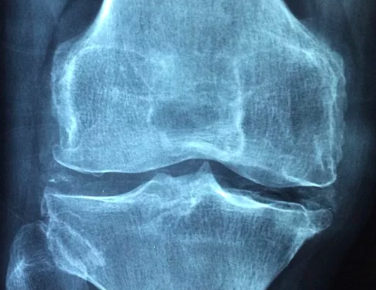
As a healthcare practitioner, I treat on a daily basis patients suffering from joint pain affecting their knees, elbows or shoulders. Most injuries happening at those joints are results of sport trauma, overuse (often knees for the runners, elbows or wrist for the keyboard typer,…), or arthritis. Those injuries typically respond well with conservative care which means manual therapy and therapeutic modalities like laser, ultrasound, electric stimulation. However, I am always baffled to see how often I hear from my patients that the first recommendation they receive from their primary care physician is use corticosteroid shots. Honestly, it has been a concern for me for several years, and I recently found an article that confirmed my reluctance about it.
What is a corticosteroid shot?
A corticosteroid or cortisone, is a pain medication that mimics an anti-inflammatory hormone that our body naturally produces: cortisol. As you can imagine it is much stronger than the natural hormone, and it’s injected right into the painful joint in order to knock off the inflammation and hence suppress the pain.
When is it used?
Because it supposedly works great on joint pain with minimal side effects, it has been getting very popular amongst most physicians in order to treat joint pain.. I say supposedly because based on my clinical experience, I encounter more often patients who had a short but didn’t feel any improvement at all.
What are the adverse reactions?
There is a recent study that showed that it might actually be not as safe as previously thought. In this study, it has been shown that use of corticosteroids might cause 4 major adverse reactions:
- Accelerated osteoarthritis (joint degeneration)
- Subchondral insufficiency fracture
- Complication of osteonecrosis
- Rapid joint destruction with bone loss
Those reactions are definitely a concern, not only for the older population but also for athletes.
What is the cause?
The research paper doesn’t mention the reason of those adverse reactions, but here is what it is important to know.
Inflammation is a natural reaction of your body. Not only it is here to indicate you that something is wrong in your joint, but it also is part of the healing process. If you suppress the inflammatory response, you also suppress the ability of your body to heal. Moreover, keep in mind that if you are in pain, it’s because your joint did or is doing something wrong. You are either over exerting your joint, or doing a wrong pattern, doing too much and causing damages,…Pain is therefore a feedback, or an alert to tell you that you don’t use your body the way it is supposed to. So you artificially suppress the pain, you lose that feedback and you keep doing an activity dangerous for your body without even noticing it anymore! By the time the effect of the sort wears off (typically 3 months), your joint is now in a much worse state than before!
What can you do?
I know that when you are in a lot of pain for a long time, taking a cortisone shot sounds very appealing. But like I say all the time to my patients: there is no magic pill. If you are in pain, it is often because of a cumulation of wrong pattern that happened for a long time. You can fix that with a simple short. Instead you need to learn why that pain came in the first place and correct it with treatment, exercises, and modifying that wrong pattern. That may take longer but at the end of the day you will become pain free by solving the problem at its source instead of masking the symptoms and suffering from severe damages in the long run.
